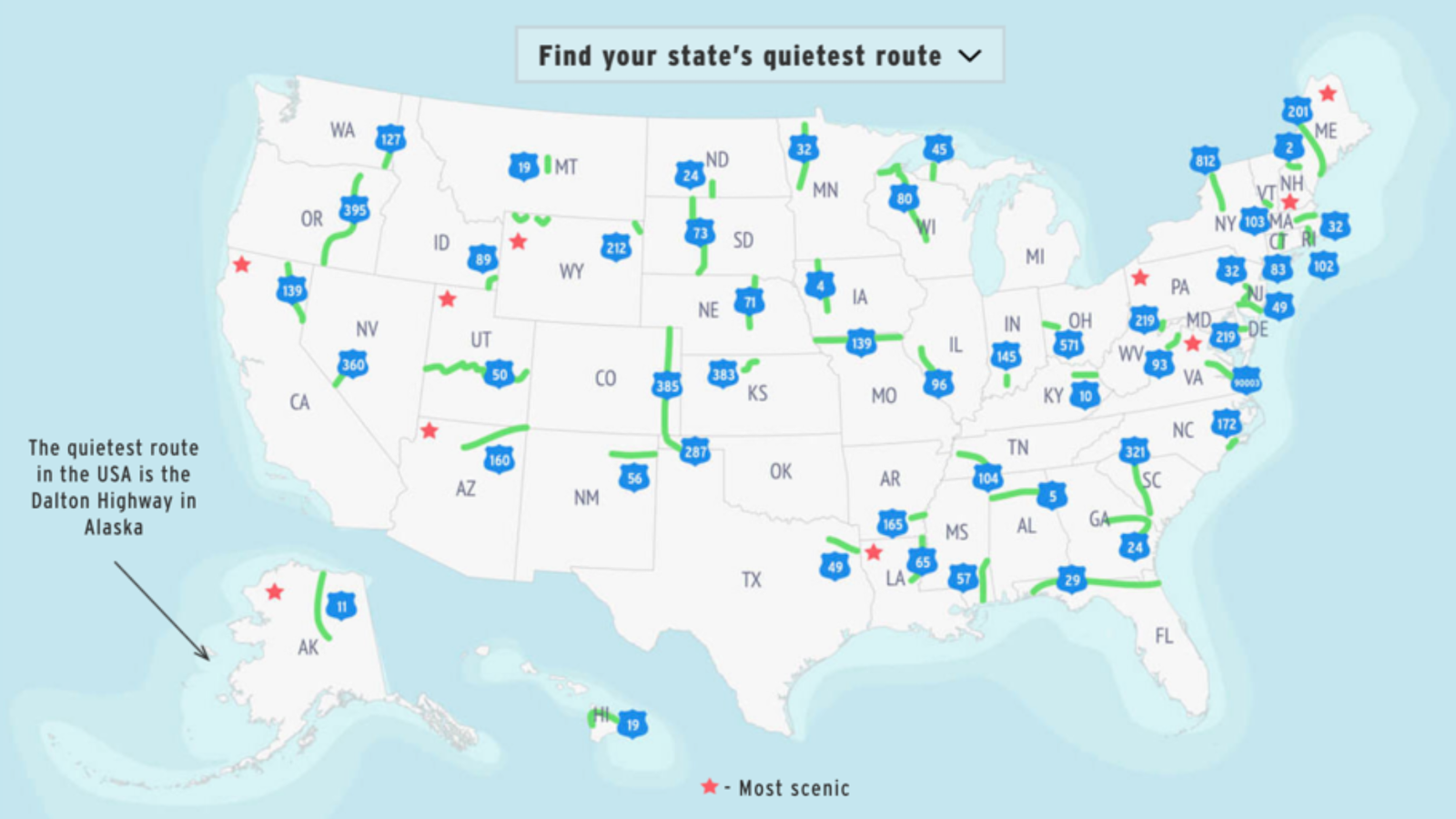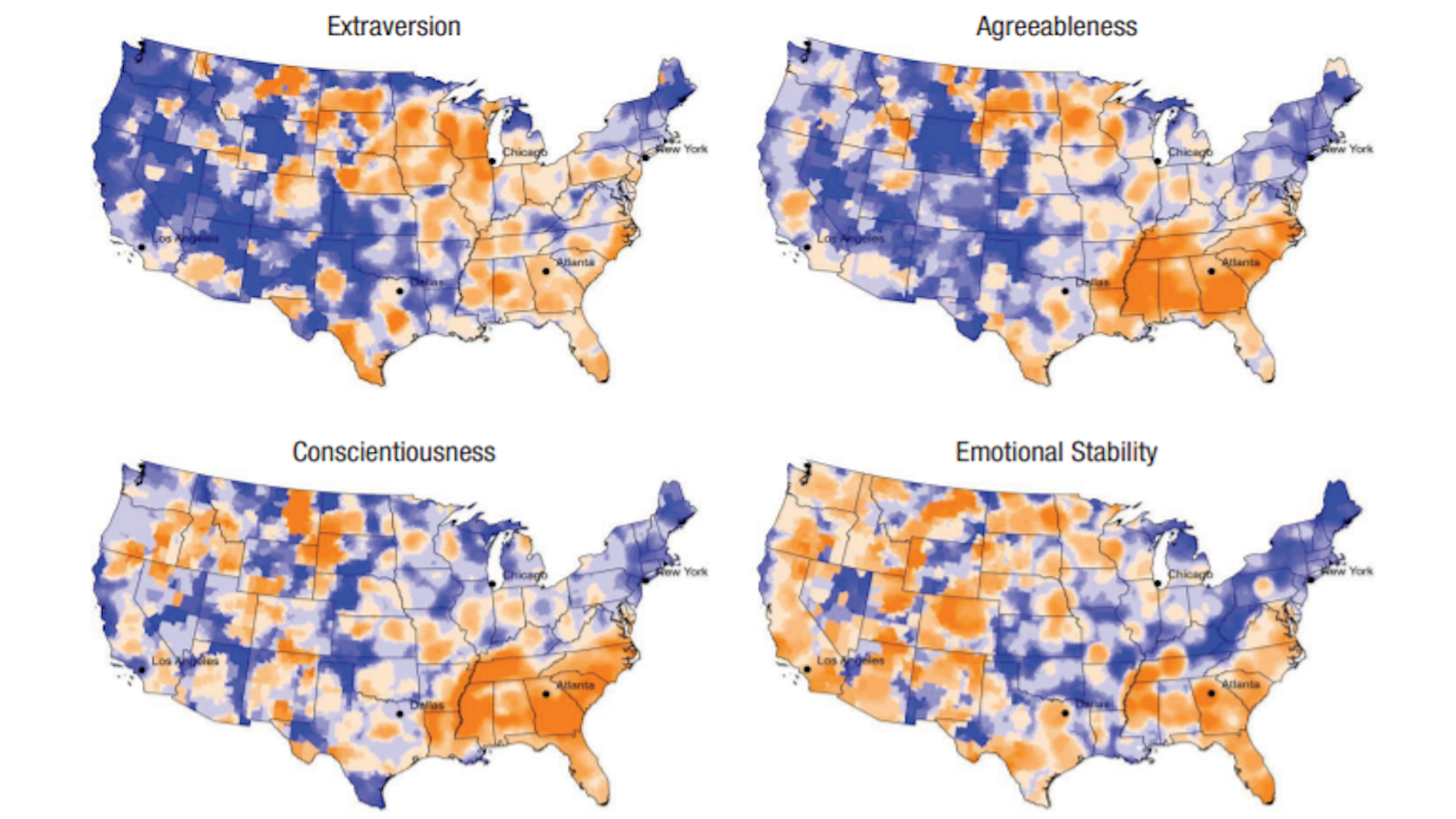Where you live in America determines when you’ll die

Image: Titlemax
- These maps show strong links between location and life expectancy.
- Hawaiians live longest, Mississippians die earliest.
- County-level ranking shows short-life hotspots in Kentucky, long-life ones in Colorado.

Hawaii (pictured: Diamond Head on Honolulu) is the state with the longest average life expectancy at birth.
Image source: Wikimedia Commons / Howcheng, CC BY S.A 2.0
High in Hawaii…
Tell me where you live, and I’ll tell you how long you’ve got left. Fortunately, it’s not quite that simple; but as these maps suggest, there is a strong link between location and average life expectancy.
Americans born in 2015 can expect to live to the age of 78.8 years. That’s one-tenth of a year less than in 2014, the Centers for Disease Control (CDC) reported, and the first time U.S. life expectancy declined since 1993.
The CDC cited the rise of preventable deaths — notably traffic accidents (+6%) and “accidental poisonings” (+13%) as the main causes for the drop in longevity. The latter category consists almost entirely (97 percent) of alcohol and drug overdoses, with the opioid epidemic a major contributor to the increase.

After Hawaiians, Californians and Minnesotans live the longest. Mississippi scores worst, followed by Alabama and Louisiana. Image source: Titlemax
… low in Mississippi
As these maps show, the national average tells only a small part of the story. The first one breaks down the national result in averages per state. It shows both huge disparities and regional similarities.
- Hawaii is the best-performing state. Newborns can expect to reach the ripe old age of 81.15 years. That puts the Aloha State on a par with Belgium (which according to the World Health Organisation had a life expectancy at birth of 81.1 years in 2015) and the U.K. (81.2 years) — countries placing 21st and 20th in the WHO world ranking.
- There’s a gap of more than six years with Mississippi, the state with the lowest life expectancy in the Union: 74.91 years. That puts Mississippians on a par with Nicaraguans (74.8 years; 73rd in the WHO ranking) and the Lebanese (74.9 years; 70th).
- Living in the South is bad for your health: the 10 states with the lowest life expectancy form a single bloc centred on the southeast of the US.
- Mississippi (74.91 years)
- Alabama (75.65 years)
- Louisiana (75.82 years)
- West Virginia (76.03 years)
- Oklahoma (76.08 years)
- Arkansas (76.18 years)
- Kentucky (76.26 years)
- Tennessee (76.33 years)
- South Carolina (76.89 years)
- Georgia (77.38 years)
There’s a similar bloc in the northeast, but on the other end of the scale: here, six of the 10 best-performing states congregate.
- Hawaii (81.15 years)
- California (80.92 years)
- Minnesota (80.90 years)
- Connecticut (80.56 years)
- Massachusetts (80.41 years)
- New York (80.36 years)
- Vermont (80.24 years)
- Colorado (80.21 years)
- New Hampshire (80.15 years)
- New Jersey (80.04 years)

The difference in life expectancy between the top and bottom counties is a full two decades. Image source: Titlemax
In some counties, longevity is a two decades’ difference
By focusing on counties rather than states, the second map throws new light on the subject. The top 20 and bottom 20 counties cluster in a very different pattern.
For one, Hawaii, the best performer at state level, has no county-level representatives. Two: Mississippi, the worst-performing state, has only three of the 20 worst-performing counties. Yet half of the bottom-20 counties can be found in two other states.
- No less than six of the bottom-20 counties are in Kentucky, in a zone of low life expectancy adjoining West Virginia, home to two more worst-performing counties.
- Four are in South Dakota, including Oglala Lakota County, the county with the lowest life expectancy in the country, at just 66.81 years. That’s on a par with Senegal (128th on the WHO ranking). This despite the fact that overall, South Dakota is doing pretty well (79.57 years on average).

Allen, South Dakota — the poorest town in the United States. Image source: Wikimedia Commons / Ss114, CC BY-SA 3.0
Poverty and longevity
The counties in the Dakotas with low life expectancy are contiguous with Native-American reservations, which suffer from extreme levels of poverty and addiction. Oglala Lakota County (Shannon County until it was renamed in 2015) is contained entirely within the Pine Ridge Indian Reservation.
Also in that reservation (but in neighbouring Bennett County) is the town of Allen, the poorest place in the United States. As of the 2000 census, more than 95 percent of its 419 inhabitants lived below the poverty line. Allen is located near North America’s continental pole of inaccessibility (at 43°21’36” N, 101°58’12” W): 1024 miles (1650 km) from the nearest coastline.
Colorado contains the top-three counties (highest life expectancy: Summit County, 88.83 years), and three more from the top 20. One theory explaining Colorado’s high scores is that the state is a popular destination for people who love the outdoors; so it’s not that living in Colorado makes you live longer per se, it’s that people with healthier lifestyles move to Colorado.
There are two smaller long-life clusters: in the Bay Area and in northern Virginia, each with three counties in the top 20.

Downtown Breckenridge in Summit County, Colorado, the longest-living county in the country. Image source: Carol M. Highsmith / Library of Congress
Long live Colorado
Three states have counties in both categories.
- The average Alaskan in the Kusilvak Census Area never makes it to their 71st birthday. A bit further south, in either the Aleutians East Borough or the Aleutians West Census Area, they would get to blow out 83 candles before expiring.
- The average inhabitant of Billings County, North Dakota makes it just past their 84th birthday. That’s the fourth-best score in the country. Nearby Sioux County has the country’s fourth-worst score: 68.59 years.
- Residents of Union Country only get to be 67.57 years, on average, while their fellow Floridians in Collier County make it to 83.43 years — a difference of more than a decade and a half.
Union County, Florida is an atypical county. It’s the smallest in the state and houses several major prisons (including part of Florida’s Death Row). As a result, about a third of its total population (around 15,000) is incarcerated. The state average is around 0.5 percent. Not that executions contribute significantly to its low life expectancy, but the county’s skewed population may explain its high death rate: at 1,494 per 100,000 (in 2018), more than double the rate for Florida as a whole (685).

In this photo, Seattle policemen are “armed” against the Spanish Flu (December 1918). Image source: U.S. National Archives
Not since the Spanish Flu
The national average quoted on the first map dates from 2015. More recent CDC data shows the decline continued in 2016 (to 78.7 years) and 2017 (to 78.6 years). The only other three-year drop in life expectancy registered in CDC records (which go back to 1900) dates from the second half of the 1910s, when the World War and the Spanish Flu caused life expectancy to drop from 54.5 years in 1915 to just 39.1 years in 1919 — the lowest average life expectancy on record.
The figures also show separate results for race and gender, and huge disparities between them. Whites do better than blacks, and women outlive men.
- White women reached an average life expectancy of more than 50 years in 1901, 60 years in 1921, 70 years in 1946 and 80 years in 1998. White men hit 50 in 1902, 60 in 1921 and 70 in 1977.
- The average life expectancy of black women exceeded 50 only in 1921. It reached 60 in 1946 and 70 in 1974. Black males averaged 50 years or more in 1921, 60 years in 1954 and 70 only from 2007.
Update 30 March: as reader Elizabeth Batson points out, there is a strong correlation between this map and one she recently saw on the CDC website on the prevalence of adult obesity, “especially on the high fat/short life side.”
Strange Maps #968
Got a strange map? Let me know at[email protected].





